Why you can trust TechRadar
The HTC One Max takes the same method of capture that we saw on the original One... and to be honest, does very little with it. In fact, almost nothing, except remove the optical image stabilisation which we saw used to good effect on the original.
This won't be a huge problem for some, but anyone looking to create a good Zoe image or two will need to think twice about whether or not they should hold the phone a little steadier.
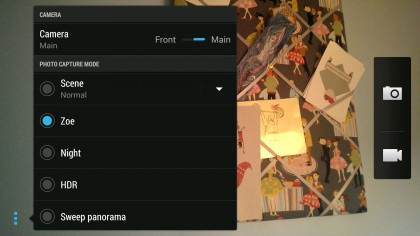
Apart from that, it's still the same 4MP Ultrapixel sensor we were given in the first One - but that's not necessarily a bad thing. Would we have liked HTC to improve the sensor to incorporate more pixels? Yes indeed.
But if it needs to stick at the 4MP level to make sure the snaps are clear and bright - which they always are - then we're happy to wait.
Actually, one of the things we would say is that general, well-lit scenes are actually over-exposed, which means that perhaps there's some wiggle room here.
Ultrapixel technology allows for more than just decent low-light photography (although it should be noted that the competition has really caught up here, with the likes of Apple taking the same approach as HTC and LG using clever image processing to keep things looking bright) as the HTC One has incredibly fast shutter speeds as well as sharper images than a lot of the competition.
There are a few things that irk: for instance, the camera interface is a little cluttered when you drill down into the menu. This is the case for a lot of Android phones, but we're fans of a little more simplicity here, given the camera on the phone is meant to allow users to take images without having to worry too much.
But more options won't be a drawback for many, and it doesn't take long to get your head around them. It's good to have things like Night, Text and Macro mode, as it allows you to really get to the heart of the matter, whatever you're trying to take a picture of.
Zoe mode is a little too standalone in our eyes, as it doesn't allow you to use these fancy modes, which is irritating when some are available for shooting video.
But the upshot of all this is that you get decent, in-focus pictures most of the time with a quick to operate camera. Zoom in too much and the detail disappears, but keep the snaps on your phone or social networks (as most people do) and you'll find a very capable camera indeed. As we saw on the One. Which is a cheaper phone and easier to wield when taking pictures... wait, why do you need a larger screen for snaps? You don't.
Overall, the HTC One Max does a capable job of recording the moments you care about. Does it shoot in 4:3? Does it have the most advanced features? No. But it takes good photos when you need them, and lets you show them down the pub on a the larger screen. Ah, THAT'S why you need the bigger display.
We've compared the HTC One Max to the LG G2 in terms of raw picture-taking ability, with the latter coming with a 13MP sensor and some industry-leading optics and processing technology - see which pictures you prefer.

Click here for the full-res shot
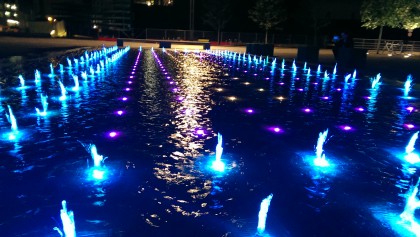
Click here for the full-res shot
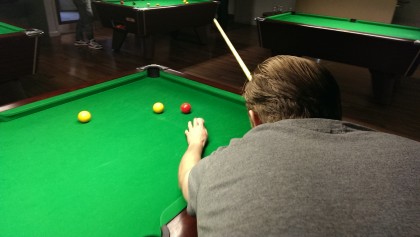
Click here for the full-res shot
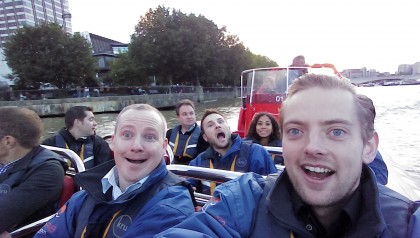
Click here for the full-res shot
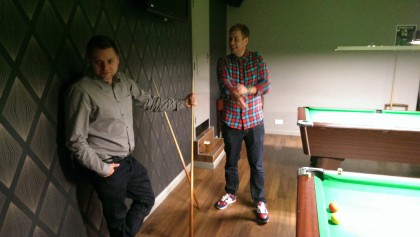
Click here for the full-res shot

Click here for the full-res shot

Click here for the full-res shot

Click here for the full-res shot
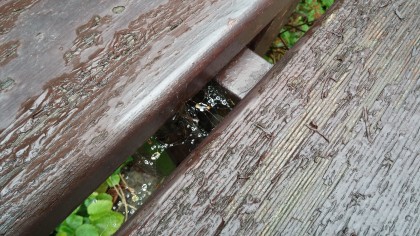
Click here for the full-res shot
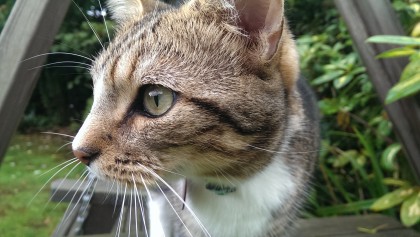
Click here for the full-res shot

Click here for the full-res shot
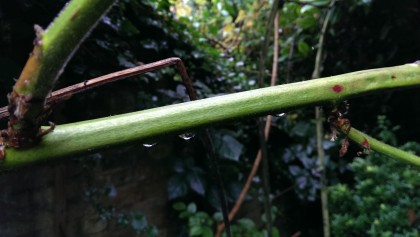
Click here for the full-res shot
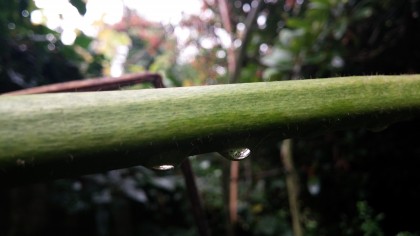
Click here for the full-res shot
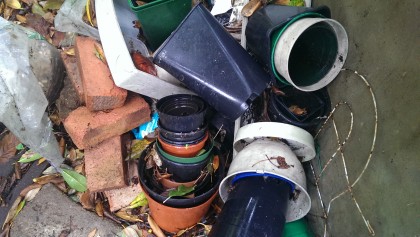
Click here for the full-res shot

Click here for the full-res shot

Click here for the full-res shot
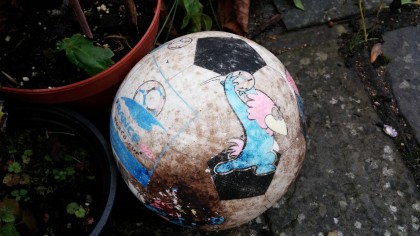
Click here for the full-res shot

Click here for the full-res shot


Gareth has been part of the consumer technology world in a career spanning three decades. He started life as a staff writer on the fledgling TechRadar, and has grew with the site (primarily as phones, tablets and wearables editor) until becoming Global Editor in Chief in 2018. Gareth has written over 4,000 articles for TechRadar, has contributed expert insight to a number of other publications, chaired panels on zeitgeist technologies, presented at the Gadget Show Live as well as representing the brand on TV and radio for multiple channels including Sky, BBC, ITV and Al-Jazeera. Passionate about fitness, he can bore anyone rigid about stress management, sleep tracking, heart rate variance as well as bemoaning something about the latest iPhone, Galaxy or OLED TV.
